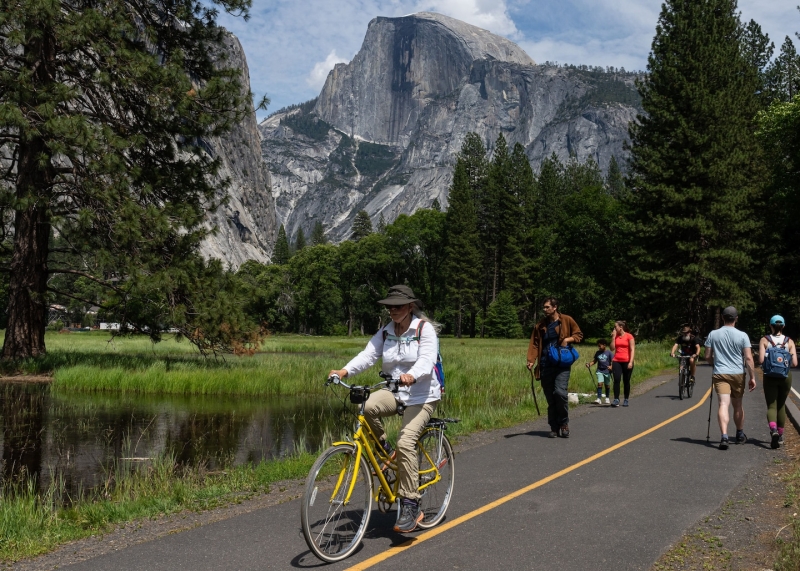Contents
How to explore Yosemite’s giant wonders
John Muir, often known as “the father of national parks,” described Yosemite National Park as “by far the grandest of all the special temples of Nature [he] was ever permitted to enter,” and it’s not hard to see why. Nestled right in the central Sierra Nevada, the park is roughly the same size as Rhode Island, though most of its visitation is focused on the seven square miles of Yosemite Valley. If there was one word to describe Yosemite — and the waterfalls, cliffs, meadows and trees within it that make it so special — it would be BIG.
It’s hard to shut your eyes with so much to gawk at, but my top recommendation is to find a quiet spot away from the roads to do just that. The smells of bay leaves and campfires, and the sounds of woodpeckers and flowing water, make Yosemite a treat for all our senses.
Though Yosemite’s natural beauty may seem wild and untamed, it’s important to remember that the systematic removal of Yosemite’s Indigenous communities created this false sense of humanless wilderness. The Yosemite Valley — called Ahwahnee by its native people — is the ancestral and present-day homeland of seven traditionally associated tribes. Visiting Yosemite today is an opportunity to connect with its complicated history, changing climate and hopeful aspirations for the future.
Skip to end of carouselAbout your guides


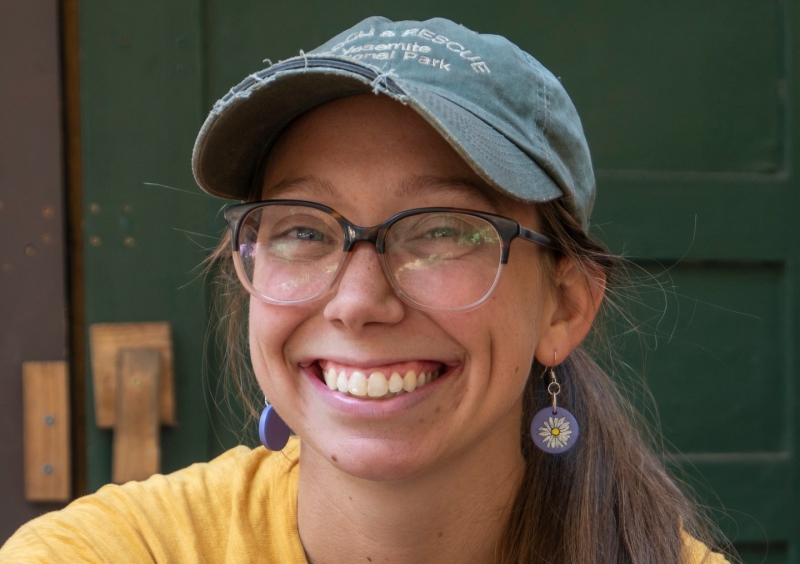
Lauren made her move to Yosemite “official” in 2017 by registering for a P.O. box within the park. For three years, she worked on the park’s elite search and rescue team while living in a tent cabin in Camp 4. In 2022, she published her first book, “Valley of Giants: Stories from Women at the Heart of Yosemite Climbing.” She’s now based in Bishop, Calif., on the eastern slope of the Sierra Nevada.


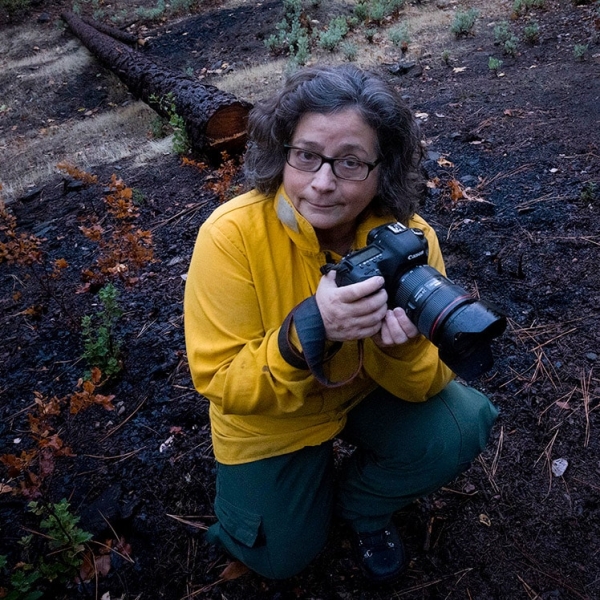
Tracy Barbutes is a photojournalist based in Northern California on Sierra Miwok lands near Yosemite National Park. Her work often focuses on wildfire, the environment, rural life and, of course, Yosemite.
1/2
End of carousel
How to get there
Depending on your direction of travel, you’ll pass through one of Yosemite’s four gateway towns. Because lodging and camping in the park is in short supply, bunking down in one of these stops is your best bet.
From the south (Los Angeles and Fresno), you’ll come through Oakhurst, the largest of the gateway towns. If coming from the west (San Francisco) or the north (Sacramento), Groveland will be your gateway. In between the two is Mariposa, the closest to Yosemite Valley. The fourth spot, Lee Vining, is only accessible from Yosemite in the summer once Tuolumne Meadows and Highway 120 have opened. In years with little snow, this could be as early as May; in big snow years (like the 2022-2023 season), expect June or July.
The best time to visit
Yosemite is beautiful in all seasons — and each has its challenges. In spring, expect raging waterfalls, colorful wildflowers, lingering snow and mild crowds. Summer is the busiest season: Bring water, sunscreen and patience for traffic and big crowds. Consider, instead, heading to Tuolumne Meadows, where you’ll find cooler temperatures, afternoon thunderstorms and beautiful geology. Fall is similar to spring in crowds and temperatures; just swap the waterfalls for vibrant leaves and crisp nights. (My favorite season, hands down.) Winter is variable, as snowfall can make travel both beautiful and difficult, but Badger Pass Ski Area offers downhill and cross-country skiing for all levels.
Where to stay
Curry Village canvas tent cabins
Located in Yosemite Valley, Curry Village puts you in the center of the action. These canvas-walled cabins are the perfect blend of rustic and comfortable; they have lights and beds, but share a central bathhouse. Curry Village has a small grocery/convenience store, a number of restaurants, easy-to-access bike rentals and a bus stop for the free shuttle service, and it’s in proximity to popular trailheads. As with all accommodations inside the park, these cabins book fast.
Yosemite Valley, Calif. 95389 | 888-413-8869 | Website
Yosemite Bug Rustic Mountain Resort
Tucked into the hills of Midpines, the Yosemite Bug offers a beautiful option close to the park. There’s something for almost any budget here: From cabin rentals to a hostel-style dorm to private rooms, this is one of the area’s more affordable options. The best parts? The Bug’s on-site spa and the June Bug Cafe — one of the area’s best restaurants.
6979A State Highway 140, Midpines, Calif. 95345 | 209-989-3598 | Website | Instagram
Upper Pines Campground
For those looking to camp in Yosemite, Upper Pines offers year-round beauty along the Merced River. The downside? All campgrounds in Yosemite book incredibly fast (often within minutes), so plan ahead. Campsites in Upper Pines, and its neighbors, Lower and North Pines, open on the 15th of each month for reservations up to five months ahead.
Curry Village, Yosemite Valley, Calif. 95389 | Website
AutoCamp Yosemite
Converted Airstream suites, tents and cabins provide glamping experiences for those looking to connect with nature without sacrificing comfort and modern amenities. AutoCamp’s location in Midpines is ideal: It’s close to the park and all the amenities of Mariposa. From $153 for a canvas-walled tent to $479 for a cabin, the experience is a splurge.
6323 State Highway 140, Midpines, Calif. 95345 | 844-993-9888 | Website
Play nowNaN minFollow on

Podcast episode
What to do
Visit the Hetch Hetchy Reservoir
The Hetch Hetchy Reservoir is a hidden gem, located near the Big Oak Flat entrance station and the town of Groveland. It was once a valley as pronounced as Yosemite Valley, and in 1923, the Tuolumne River was dammed amid much controversy. Today, the water from Hetch Hetchy is the primary water source for San Francisco. A visit to Hetch Hetchy guarantees a significantly less-crowded day. Make the five-mile round-trip hike to Wapama Falls in the spring or summer and allow yourself to be cooled by the spray.
BTW: Getting to Hetch Hetchy requires a car because there is no public transportation. The road is only open during daylight hours.
Evergreen Road, Groveland, Calif. 95321| Website
Climb with Yosemite Mountaineering School
The towering granite walls of Yosemite have made the park a bucket-list destination for rock climbers. Yosemite Mountaineering School has been around since 1969 and is the only authorized climbing guide service in the park. The expert staff of guides can outfit and prepare you for a day on the rocks no matter your skill level. Climbing in Yosemite Valley is perfect in the spring and fall, with crisp temperatures ideal for spending time on the sun-kissed granite walls. The summer is a great time to try out climbing on one of Tuolumne Meadows’ iconic domes.
BTW: If the vertical wilderness isn’t your thing, YMS also offers guided overnight backpacking trips and daily hiking tours.
Curry Village, Yosemite Valley, Calif. 95389 | 209-372-8344 | Website
Connect with Yosemite’s Indigenous history
The Yosemite Museum and Indian Village provide an important way for visitors to connect with Yosemite’s past. One of the oldest museums in the National Park Service, it has landscape paintings, photographs, artifacts and Indigenous baskets that help tell the story of the park. Behind the museum lies a re-creation of a Miwok village where visitors can explore Indigenous buildings and history.
BTW: Head to the Visitor Center next door for more exhibits and to connect with rangers and shop for books.
Yosemite Village, Yosemite Valley, Calif. 95389 | 209-372-0200 | Website
Create art in the park
For me, there’s no better way to etch a place into my memory and appreciate its beauty than by drawing. The Yosemite Conservancy, the park’s nonprofit partner, hosts a number of art classes for all ages that help visitors see the park anew. The programs are taught by a rotating cast of visiting artists and include topics such as outdoor painting and poetry, watercolor nature journaling, and painting and printmaking. Kids’ art classes are free, and programs for adults range from $20 to $52.
BTW: The Paint and Sip program on summer Fridays comes with a drink and a snack.
Website
See Yosemite’s giant wonders
So much of what makes Yosemite’s natural wonders so spectacular is their size — such as the tallest waterfall in North America (Yosemite Falls) and the largest granite monolith in the world (El Capitan). And the trees are no exception. The Mariposa Grove of Giant Sequoias is the largest grove in the park and is home to trees up to about 3,000 years old and over 280 feet tall. Travel via a gentle walking path and imagine what the world was like when these giants were but wee saplings.
BTW: The Big Trees Loop Trail is relatively flat, paved and wheelchair accessible, and visitors with a disabled placard can drive in farther to reach the Grizzly Giant via a short paved path.
Mariposa Grove Trail, Fish Camp, Calif. 93623 | Website
Hike the Mist Trail
You can see a lot in Yosemite from your car, but to really see the park’s majesty, you’ve got to get out on the trails. The Mist Trail is one of the park’s most popular for a reason. Hiking to Vernal and Nevada falls means steep elevation gain, getting misted by spraying water (in spring and summer), and lots of people. To avoid crowds, start early, and instead of hiking back down the way you went up, make a loop with the John Muir Trail. It’ll be gentler than descending the slick granite steps next to Vernal Fall, and you’ll avoid the congestion of midday hikers trying to make their way up.
BTW: Be prepared! If you’re stepping away from the valley floor, you’ll need some essentials, such as ample water and nutrition. With scant cellphone service, be self-sufficient every time you head out.
Happy Isles Loop Road, Yosemite Valley, Calif. 95389 | Website
Skip to end of carouselThings locals think you should know


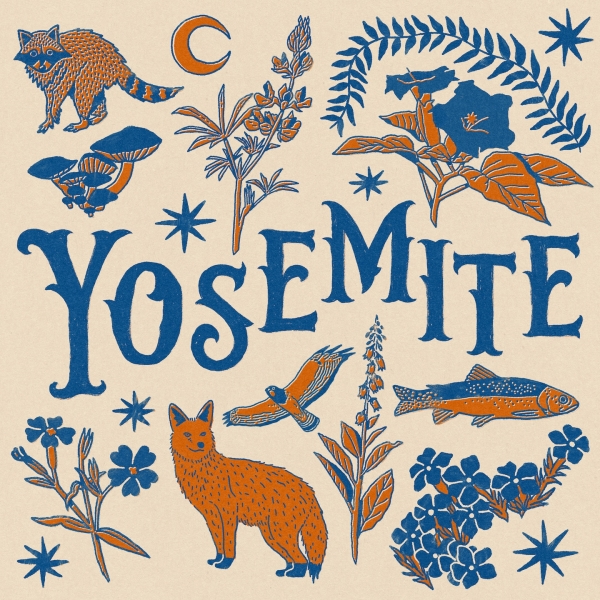
Yosemite is reservation-free this summer, and with that means traffic, traffic, traffic. When visiting Yosemite Valley, enter as early as you can to find a parking spot; then, see the park on foot, bike or with the free shuttle system to avoid maddening congestion.


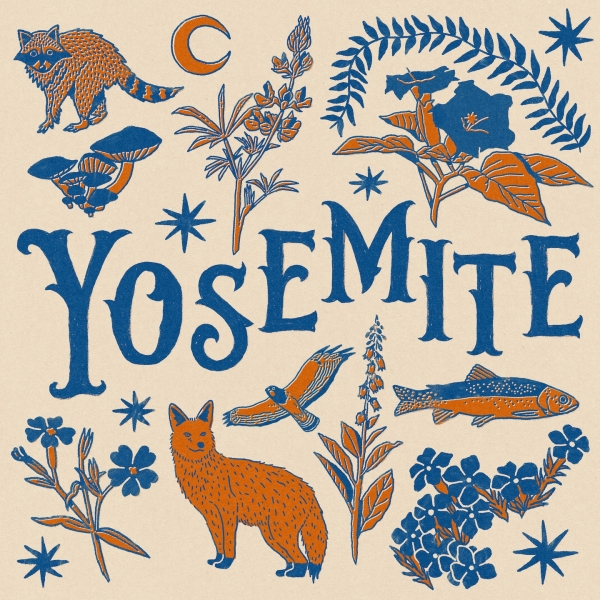
A visit to Yosemite undoubtedly means wildlife sightings. In order to protect these creatures, keep a large distance when viewing, and never feed them. The presence of bears means you should avoid leaving food in the open or in your car; leaving food in a car overnight can result in serious penalties. Food lockers are available for those camping or venturing out after dark.


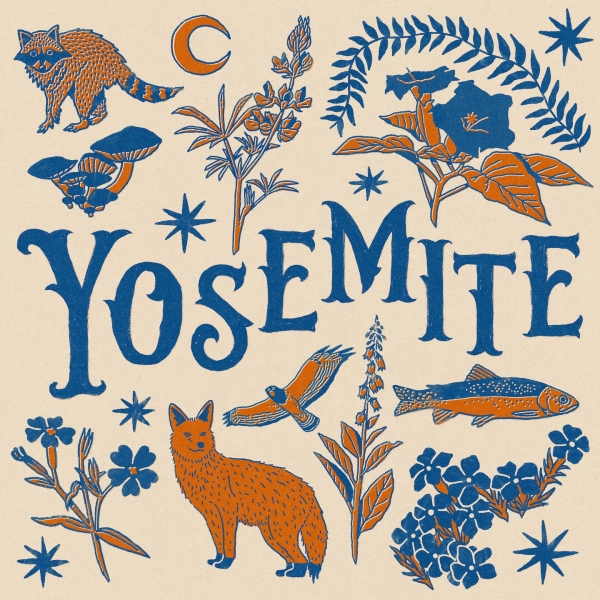
Conditions in Yosemite can change rapidly with the weather. From floods and wildfires to snow and extreme heat, stay up-to-date on road conditions and openings before you go. Visits in late summer and early fall are often disrupted by wildfires and smoke.
1/3
End of carousel
Where to eat
Breakfast: Sticks Coffee
Sticks is an adorable shop right in the heart of historic Mariposa. Its coffee menu includes a number of unique choices (such as the Sticks latte, with fennel and star anise), and the outdoor patio is the perfect place to enjoy them. The breakfast menu is elevated but simple: yogurt and granola, a variety of sourdough toasts, and an incredible sandwich. It’s open for lunch, too. With all the local art on the walls, you might even find the perfect keepsake.
BTW: On Thursdays and Fridays, Sticks is open for happy hour with small bites, wine and beer.
4993 7th St., Mariposa, Calif. 95338 | 530-510-3186 | Website | Instagram
Breakfast: Mountain Sage
Mountain Sage is local favorite for coffee, homemade pastries and breakfast, plus locally made arts and crafts, which is great for picking up gifts to bring home. Grab a cup and stroll around the nursery where they stock native plants, garden favorites and vegetable starts.
BTW: It’s all about the quiche. Enough said.
18653 Main St., Groveland, Calif. 95321 | 209-962-4686 | Website
Lunch: Degnan’s Deli
Located in the heart of Yosemite Village, Degnan’s is the one-stop shop for lunch on the go. The first floor features a deli with sandwiches and pizzas, plus a coffee bar for quick bites. In the summer, head upstairs for an eclectic arrangement of dishes. The outdoor seating makes it a nice place to take a breather midday before you head back out for more sightseeing.
BTW: About a half-mile down the road is Yosemite Lodge, which has even more dining options, including the Base Camp cafeteria and the Mountain Room restaurant, one of the park’s best dinner options.
9015 Village Dr., Yosemite Valley, Calif. 95389 | Website
Lunch: Priest Station Cafe
Located at the top of the Old Priest Grade — a road so steep and winding that it’s off-limits to large vehicles — the Priest Station Cafe is a Yosemite institution. Established in 1853 and currently being run by the sixth generation, the cafe serves up classic American dishes like cowboy burgers and brisket sandwiches. A rotating list of specials keeps things fresh, and the view makes this stop one-of-a-kind.
BTW: They have cute cabins for rent, too.
16756 Old Priest Grade, Big Oak Flat, Calif. 95305 | 209-962-1888 | Website
Dinner: Curry Village Pizza Patio
Yosemite Valley’s “pizza deck” is a long-beloved favorite. Nothing hits better after a long day hiking, climbing or sightseeing than a slice and the view from Curry Village. Build your own pizza or choose from a classic combo, such as the “Mother Curry,” with mushrooms, black olives and arugula.
BTW: Bar 1899 right next door offers craft cocktails and appetizers to complete the dining experience.
9010 Curry Village Dr., Yosemite Village, Calif. 95389 | Website
Dinner: Grove House
“Local” is the perfect word to describe the Grove House. The rotating farm-to-table menu showcases the best of the foothills. Even the ketchup is made fresh. Check their website for the latest menu; dishes includes short ribs, fried chicken, hot wings and salads. Their beer and cocktail menus highlight local establishments, and the impressive lineup of live music makes this a must-visit.
BTW: Their house cocktail, Driveway Vacation, is made with whiskey, Aperol, orange and rosemary. Trust me, get one.
4993 5th St., Mariposa, Calif. 95338 | 209-742-9463 | Website | Instagram
Provisions: High Country Health Foods & Cafe
High Country is one of Mariposa’s true gems. It has an impressive selection of organic produce and bulk foods for such a small town, but it’s really all about the cafe. It’s the perfect place to stop before heading into the park: Grab a Morning Star burrito for breakfast and an El Capitan sandwich to-go for lunch.
BTW: This family-owned business has expanded a number of times since its opening in 1991 and has remained an important community staple.
5186 Highway 49 North, Mariposa, Calif. 95338 | 209-966-5111 | Website
Provisions: Village Store
The Village Store in Yosemite Valley has the greatest selection of provisions, albeit with the steep prices common in hard-to-reach destinations. The stores in Groveland, Mariposa and Oakhurst — Yosemite’s three western gateway towns — each have a greater selection of groceries that make it preferable to stock up before heading into the park.
BTW: Yosemite Valley is remote, which makes food and groceries expensive. You’d be wise to shop at your local grocery store ahead of time and shop sparingly in the park.
9011 Village Dr., Yosemite Valley, Calif. 95389 | 209-372-1253 | Website
About this guide
Editing by Amanda Finnegan. Photo editing by Lauren Bulbin. Design by Stephanie Hays. Copy editing by Jamie Zega. Design editing by Christine Ashack and Matt Callahan.

